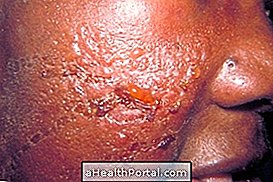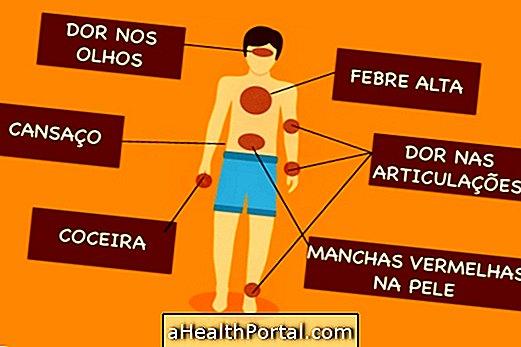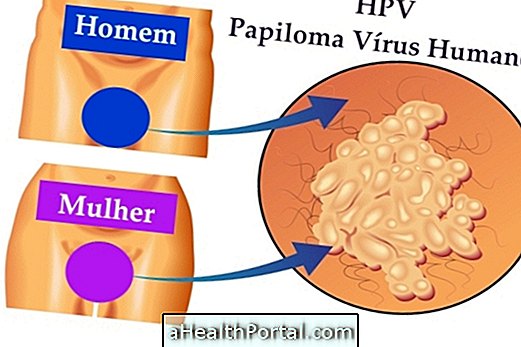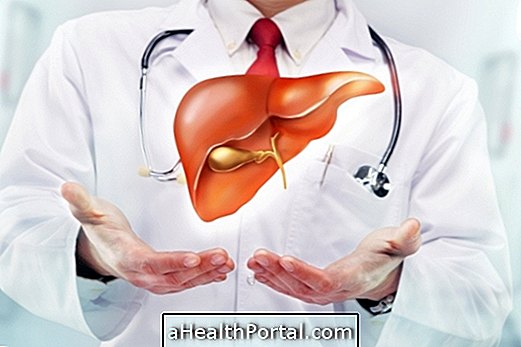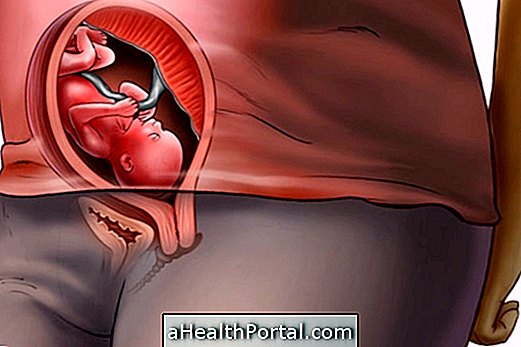Norovirus is a small, round virus type with high infectious and resistant ability, that is, it is able to remain on surfaces in which the infected person had contact, facilitating the transmission to other people.
This virus can be found in contaminated food and water and is a major cause of viral gastroenteritis in adults, unlike rotavirus, which most often infects infants. Learn more about rotavirus.
Symptoms of norovirus infection include severe diarrhea followed by vomiting and often fever. This gastroenteritis is usually treated through resting and ingestion of plenty of fluids, because the virus has high mutational capacity, that is, there are several types of norovirus, being difficult to control.
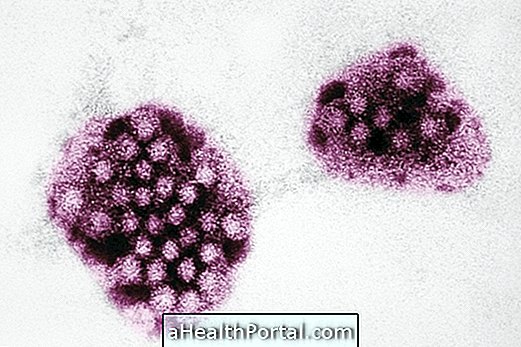
Main symptoms
Norovirus infection leads to severe symptoms and can lead to complications like dehydration, for example. Thus, the main symptoms of norovirus infection are:
- Diarrhea;
- Vomiting;
- High fever;
- Abdominal pain;
- Headache.
Symptoms usually appear 24 to 48 hours after infection and last for 1 to 3 days, but it is still possible to transmit the virus to other people within 2 days of the disappearance of symptoms. Here's how to identify gastroenteritis.
Transmission of the virus happens easily from person to person through aerosols released from vomit, for example through contaminated food and water, contact with contaminated surfaces, and direct contact with the infected person. In addition it is normal that there are outbreaks of this disease indoors, such as ships, schools and hospitals, for example, so it is important to wash your hands well and avoid being in the same environment as the infected person.
How is the treatment done?
There is no treatment for norovirus gastroenteritis, and it is recommended to stay at rest and drink plenty of fluids to avoid dehydration. Medications to relieve pain, such as Paracetamol, for example, may also be used.
Because there are several forms of norovirus due to several mutations, it has not yet been possible to create a vaccine for this virus, however, scientists are studying the possibility of developing a vaccine updated periodically, as with influenza.
The best way to avoid infection with this virus is to wash your hands after going to the bathroom and before handling food, washing fruits and vegetables well, disinfecting objects and surfaces that are potentially infected, avoid sharing towels and avoiding raw and non-food foods. washed. Also, if you contact the infected person, wash your hands thoroughly and avoid putting them in your mouth, nose or eyes as they correspond to the doorway to the virus.

